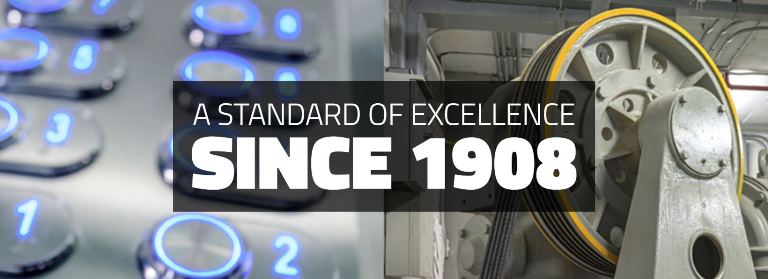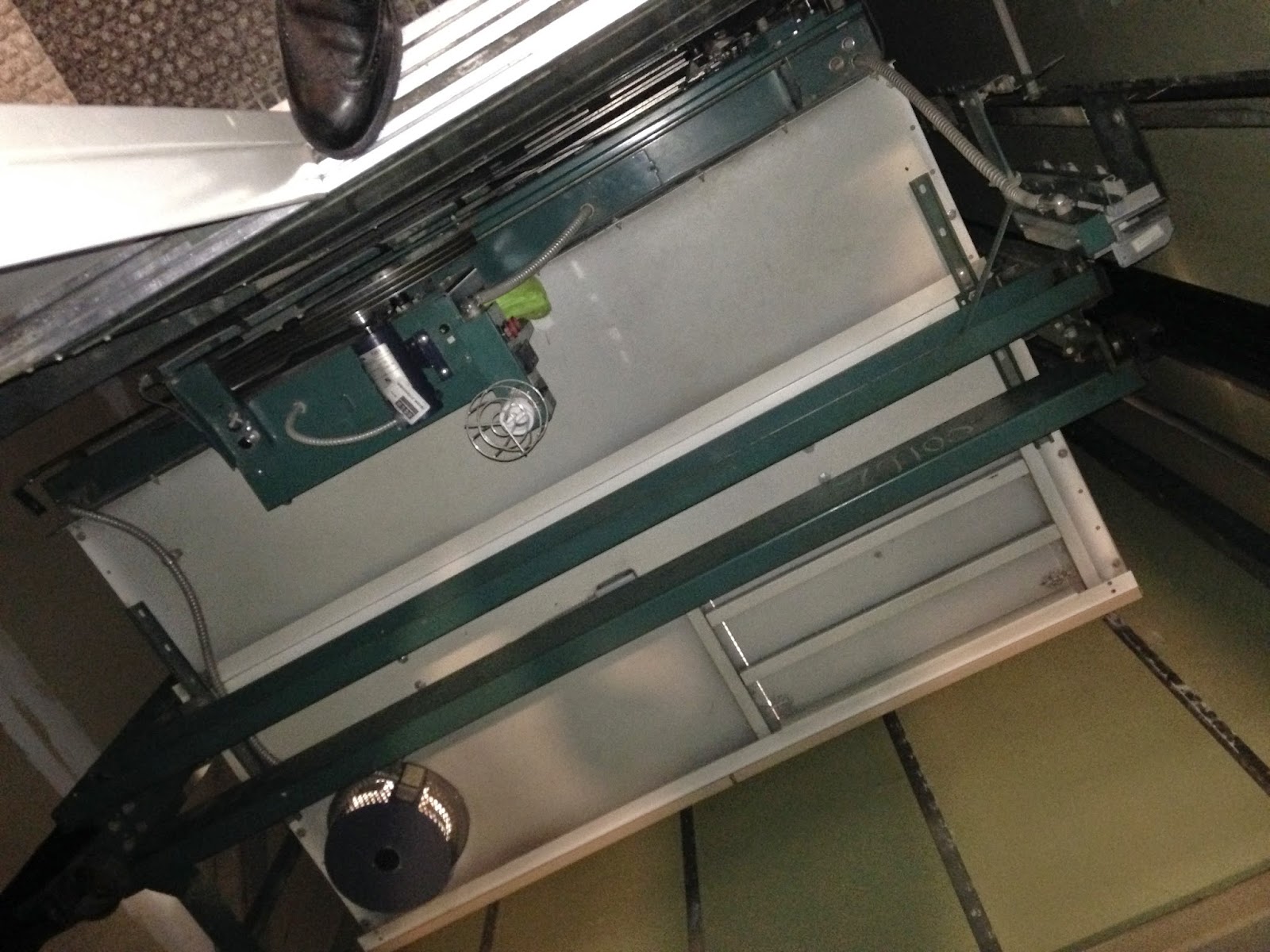I
was at a few buildings this week where I saw aluminum wiring. For those who are not familiar with why we in
the elevator business [or any electrical related field] cringe when we see aluminum
wiring is because it causes a lot of problems.
Many times we address the symptom
of the "electrical issues", not the cause[which can be the aluminum wire].
Case - We had a building where the elevator kept setting the motor starter overloads, typically this is from over current on the motor which identifies a malfunction somewhere or a low voltage issue from the building power. We worked on this problem for over a week on and off and building was very frustrated. We looked further into the electrical and found there was a loose connection/melted connection on the vault that was causing more issues then just the elevator problems. The elevator mechanic's trouble shooting typically stops at the disconnect, in this particular situation the mechanic went further and discovered the root problem which was a bad connection on a lug in the electrical room. It was an expensive resolution for the building but it saved the building from a fire and future electrical issues due to the bad connection points from the aluminum wiring.
Aluminum
wiring got to be popular in the mid 1960’s when the price for copper
increased. This is also the time where
there was a building explosion in the Chicago land area. How does this affect your elevators? It can lead to motor burn out, starter
malfunction and general reliability issues.
And it is difficult to find because the aluminum wiring issue may be in the elevator disconnect, electrical breaker where the elevator disconnect gets power, vault
termination or anywhere in between there is a connection point.
[This is a picture of the main line disconnect the aluminum wire is coming in from the top which is feeding power from the building feed to the disconnect and copper wire is on the bottom feeding the elevator motor starter]
[This is a closer picture of the connection points on the disconnect - you can see the color difference between the wires, top wires are aluminum and the bottom right connection shows the copper wire]
Aluminum oxidation
Most
metals (with a few exceptions, such as gold) oxidize freely when
exposed to air. Aluminum oxide is not an electrical conductor, but rather an electrical insulator. Consequently, the flow of electrons through the oxide layer can be greatly
impeded. However, since the oxide layer is only a few nanometers thick, the
added resistance is not noticeable under most conditions. When aluminum wire is
terminated properly, the mechanical connection breaks the thin, brittle layer
of oxide to form an excellent electrical connection. Unless this connection is
loosened, there is no way for oxygen to penetrate the connection point to form
further oxide.
[oxidation]
Coefficient of expansion and creep
Aluminum
wire used before the mid-1970s has a coefficient of expansion that varies
significantly from the metals common in devices, outlets, switches, and screws.
Many terminations of aluminum wire installed in the 1960s and 1970s continue to
operate with no problems. However, problems can develop in the future and some
connections were not made properly when installed, including not wrapping wires
around terminal screws and inadequate torque on the connection screws. There
can also be problems with connections made with too much torque as it causes
damage to the wire.
Aluminum and steel both expand and contract
at different rates under thermal load, so a connection can become loose, and
loose connections get progressively worse over time. This cycle results in the
connection loosening slightly, overheating, and allowing intermetallic
steel/aluminum alloying to occur between the conductor and the screw terminal.
This results in a high-resistance junction, leading to additional overheating.
Although many believe that oxidation was the issue, studies have shown that
oxidation was not significant in these cases. The problems related to aluminum
wire are typically associated with older pre-1970s solid wire smaller than No.
8 AWG, as the properties of that wire result in significantly more expansion
and contraction than modern day AA-8000 series aluminum wire. Older solid
aluminum wire also had problems with a property called creep, which made the wire permanently
deform or relax over time under load.
[What can happen with creep]
Joining aluminum and copper wires
Another
issue is the joining of aluminum wire to copper wire. As aluminum and copper
are dissimilar metals, galvanic corrosion can occur in the presence of an
electrolyte and these connections can become unstable over time.
Tin coated copper wire
There is also tin coated copper wire which can be confused with aluminum wire which is similar in color to aluminum wire. I was recently corrected by an electrician when we where reviewing the electrical wiring at a school.
The point is that if you have aluminum wire, you should remove it. If you choose to keep it you will need an electrician to tighten connections and maintain the wiring to prevent shorts, fires and unreliable electrical connectivity on regular intervals.
If
you have an questions or would like information from Colley Elevator you can go
to www.colleyelevator.com, email Craigz@colleyelevator.com or call
630-766-7230.















